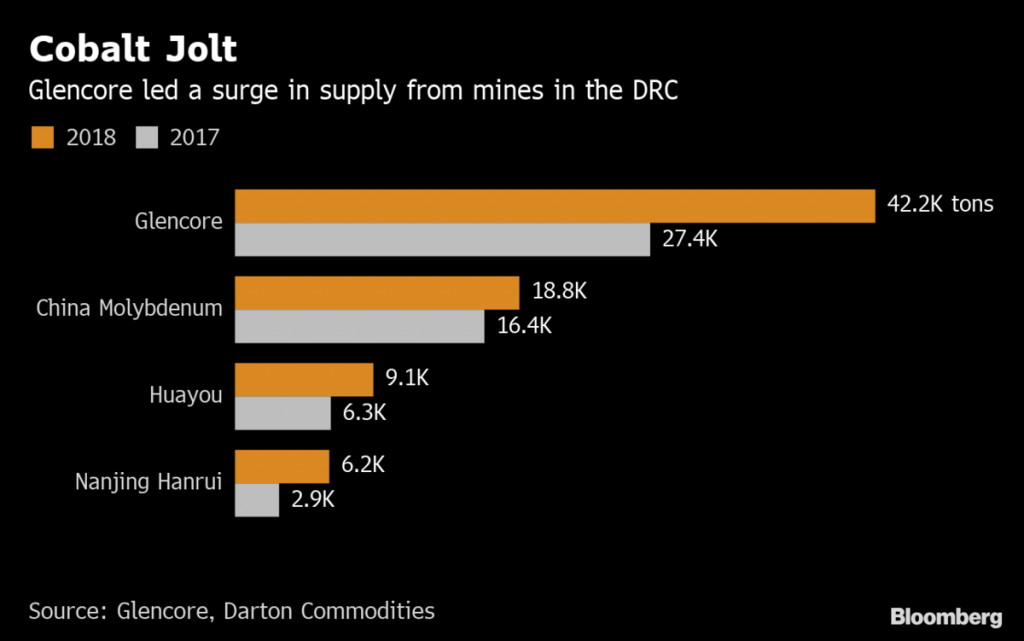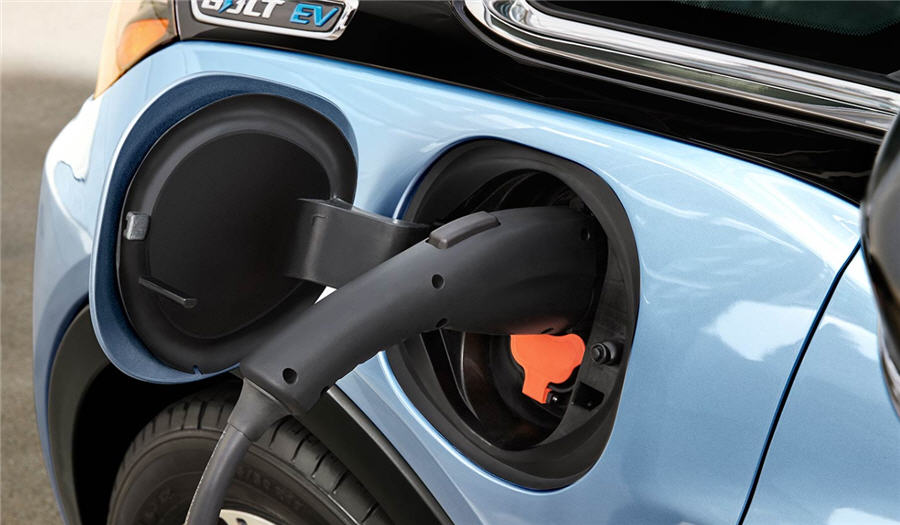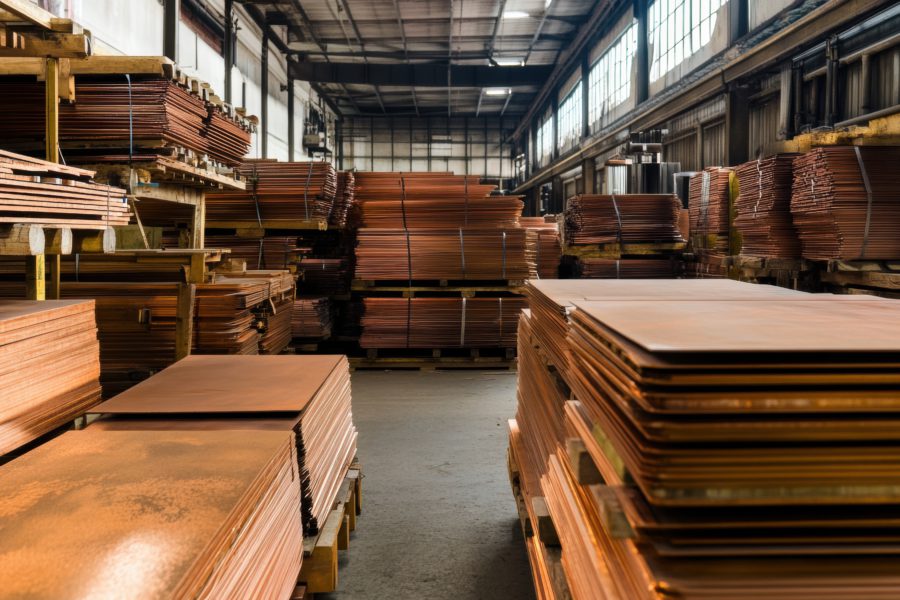Cobalt prices were surging so much last year that thieves were carrying out elaborate heists at warehouses in Europe’s busiest port. Now, prices are in free fall and mining companies are taking the financial hit.
The story of what happened is the classic boom-bust in commodities. In the case of cobalt, it was Elon Musk’s vision of electric cars gaining mass appeal and an ensuing rush of money to bet that the world will need a lot more cobalt, a critical component of lithium-ion batteries.
Adding to the allure was a widely-held view that cobalt supply is constrained. Geologically speaking, the metal isn’t rare, but almost exclusively produced as a byproduct of copper and nickel mining. The idea that more cobalt supply depended on higher prices for those metals turned out to be a myth.
Instead, the surge in cobalt prices triggered a boom in supply from the Democratic Republic of Congo. Prices have plunged more than 60 percent from a peak in April 2018, to $15.88 a pound, according to Fastmarkets MB.
Here are four charts that tell how the bubble burst.

Supply Boom
Glencore Plc, the top producer of cobalt, extended that lead in 2018 with a major expansion at its mines in Congo. Chinese miners also ramped up production to feed growing demand from battery makers.
Cobalt’s Klondike
Record prices also unleashed a modern-day gold rush in Congo. Thousands of small-scale miners scrambled to exploit rich mineral deposits, often working illegally in dangerous makeshift pits, where ore is extracted by hand. Supply from these so-called artisanal miners more than doubled between 2016 and 2018, according to trading house Darton Commodities.
Inventory Build
Glencore is accumulating big inventories at the Kamoto mine site and storage depots in South Africa, after suspending sales from the mine following the discovery of radioactive ore.
Low cobalt prices have also hurt Glencore financially. The company missed analyst estimates in its recent earnings report.
Rebound Ahead?
Even though the current cobalt market is depressed, there’s still a lot of optimism about the future. Automakers are still planning to roll out electric-car models and Glencore could start clearing its cobalt backlog in 2020, by which time car sales should be starting to surge.
Citigroup Inc. sees cobalt rallying 16 percent this year as the Katanga mine stoppage effectively tilts the market into deficit. Glencore chief Ivan Glasenberg described cobalt’s weak performance in 2018 as a “blip” and said prices are probably approaching their low point.





Comments